For those interested in religious art, the university is home to museums exhibiting sculptures, tapestries, ceramic altarpieces, and religious paintings from the 15th to 19th centuries. The university grounds also host other museums and churches, providing a rich cultural experience.
A Natural Solution to an Age-Old Problem
The Joanina Library is home to nearly 60,000 volumes, some of which date back to the 15th century. These books are at risk from insect damage, a common threat to libraries worldwide. However, the Joanina Library employs a natural form of pest control: bats. Specifically, colonies of Common pipistrelle bats reside behind the bookshelves, emerging at night to feed on the insects that could otherwise damage the precious manuscripts.
The Bats' Nightly Routine
As nocturnal creatures, these bats do not disturb the library's visitors during the day. Their presence is made known by the protective measures taken by the library staff. Each evening, original 18th-century furniture is covered with animal skins to protect it from bat droppings, and the floors are meticulously cleaned every morning. This routine has been a part of the library's preservation efforts for centuries, with records of the bats' presence dating back to at least the 1800s.
Architectural and Environmental Harmony
The Joanina Library's design reflects a deep understanding of the need to protect its collections not only from insects but also from moisture and temperature fluctuations. The building's thick exterior walls and oak shelves, known for their insect-repellent properties, create an environment that is both physically and biologically fortified against potential damage. The bats, in turn, contribute to this protective environment by keeping the insect population in check, demonstrating a harmonious balance between architectural ingenuity and natural pest control.
A Living Tribute
Despite the challenges of cohabiting with these nocturnal guardians, the library pays homage to their invaluable service. A small glass case displaying the taxidermied remains of three bats serves as a tribute to the creatures that have helped preserve the library's collection for generations. This acknowledgment highlights the respect and appreciation for the bats' role in the library's preservation efforts.
Coimbra is home to the Museu da Ciência da Universidade de Coimbra, which displays historic scientific instruments and a wide range of collections related to anthropology, botany, mineralogy, medicine, and zoology
The University of Coimbra in Portugal is home to the Cabinet of Curiosities, a fascinating collection of objects from various lifestyles over seven centuries. Housed in a science building, this collection includes antique scientific devices and curiosities gathered over the years. Visitors can explore this unique space as part of a combined ticket that also includes the Palace School and Science Museum. The University of Coimbra, one of the oldest in Portugal, offers a rich cultural and historical experience, making it a must-visit for those interested in academia and heritage.
Machado de Castro National Museum
One of the must-visit museums is the Machado de Castro National Museum, which is housed in the former Episcopal Palace and showcases a diverse collection of art and artifacts, including Roman ruins and a tile exhibit.
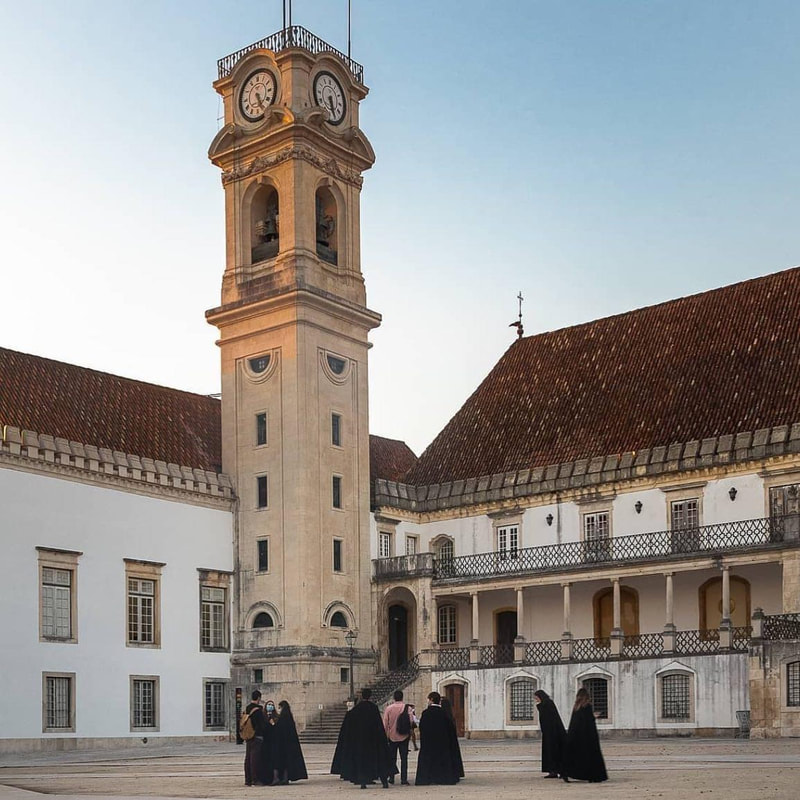
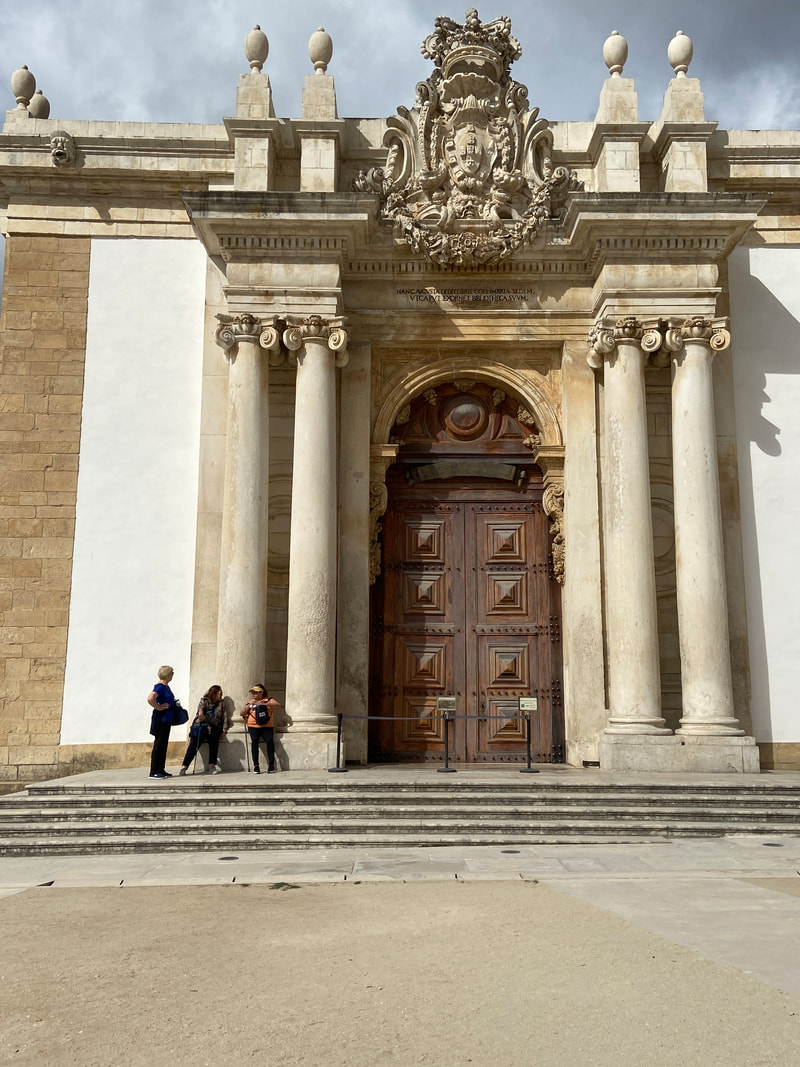
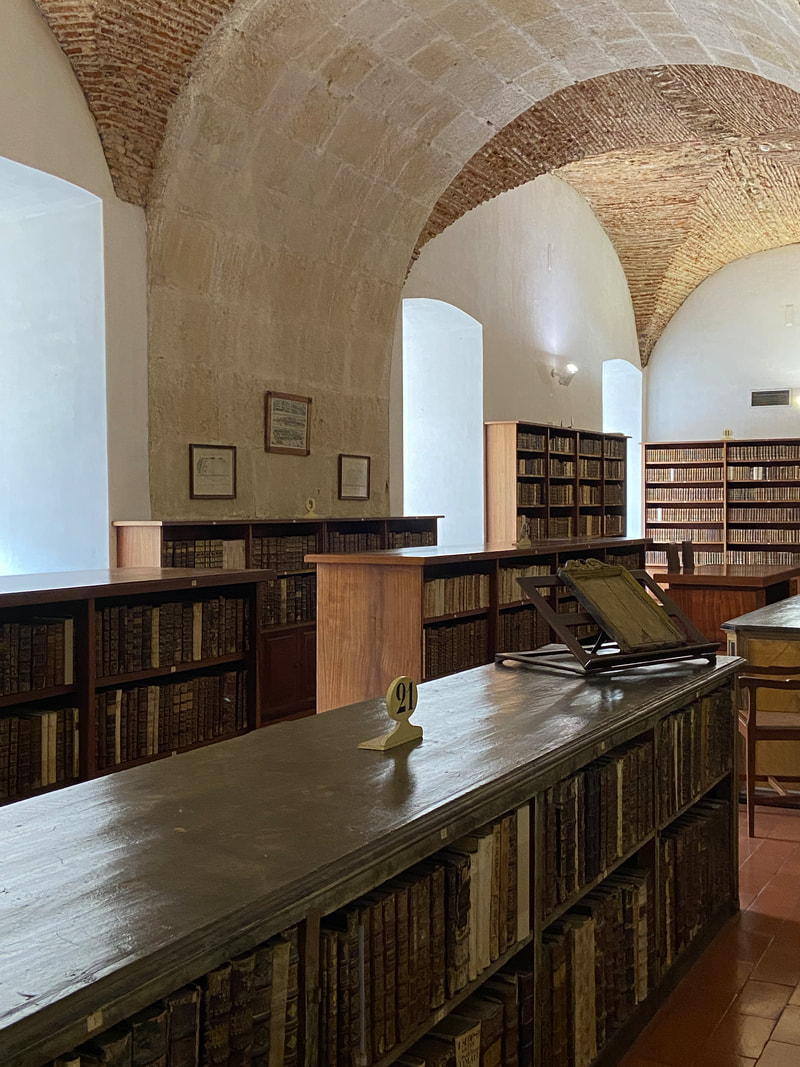



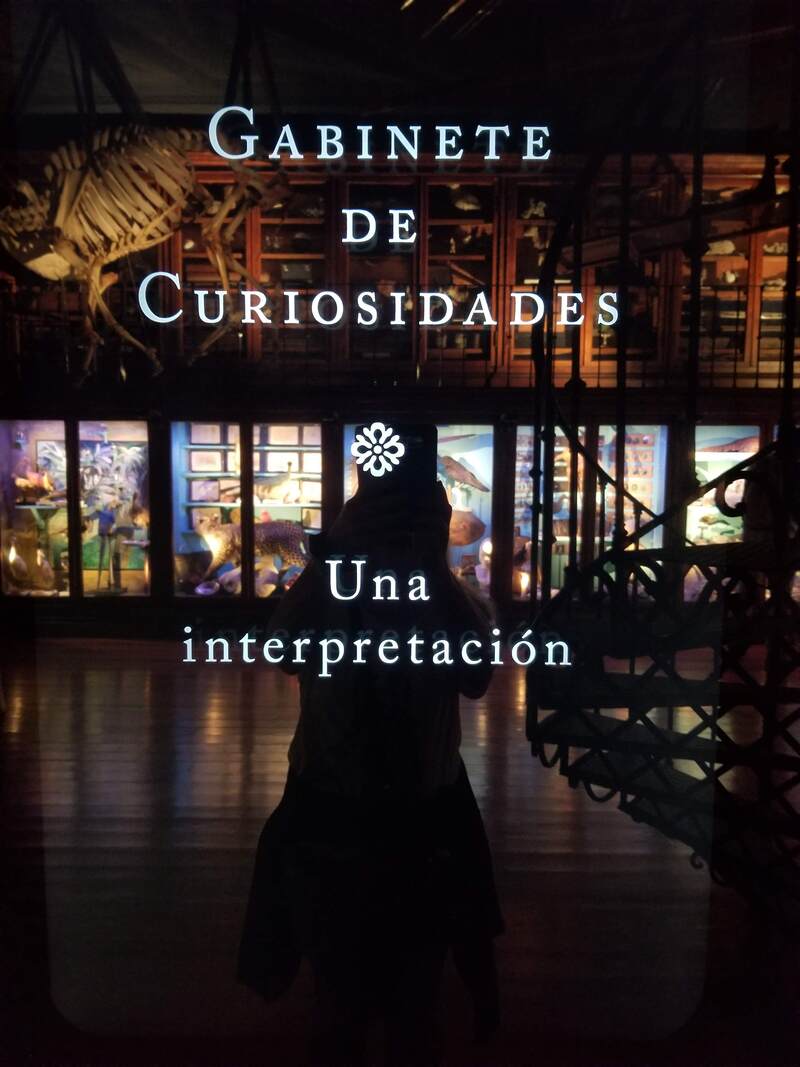
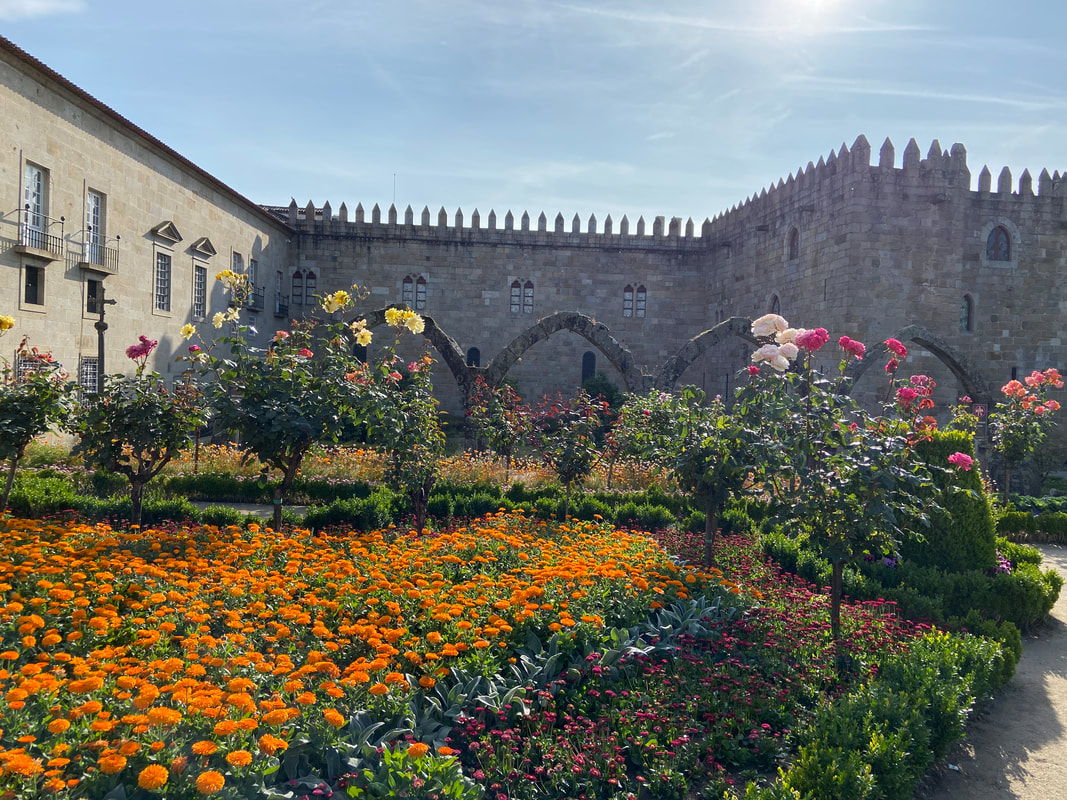
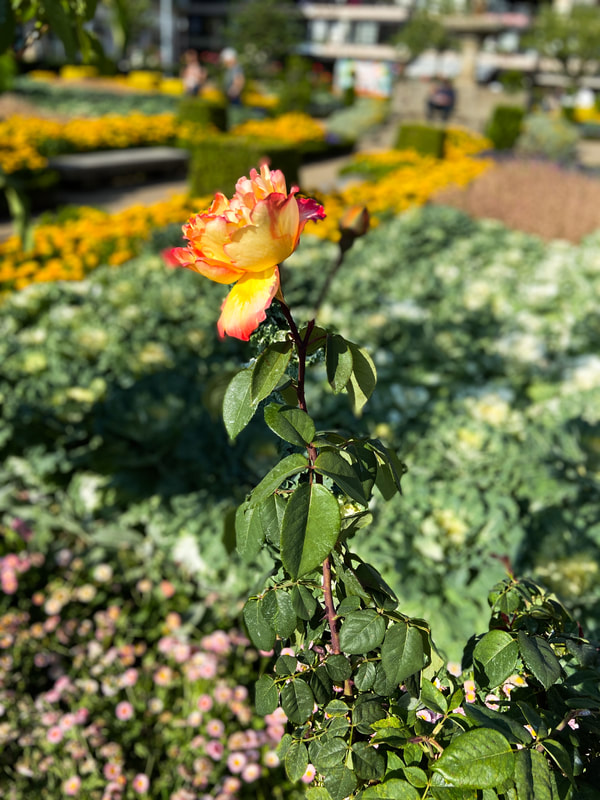


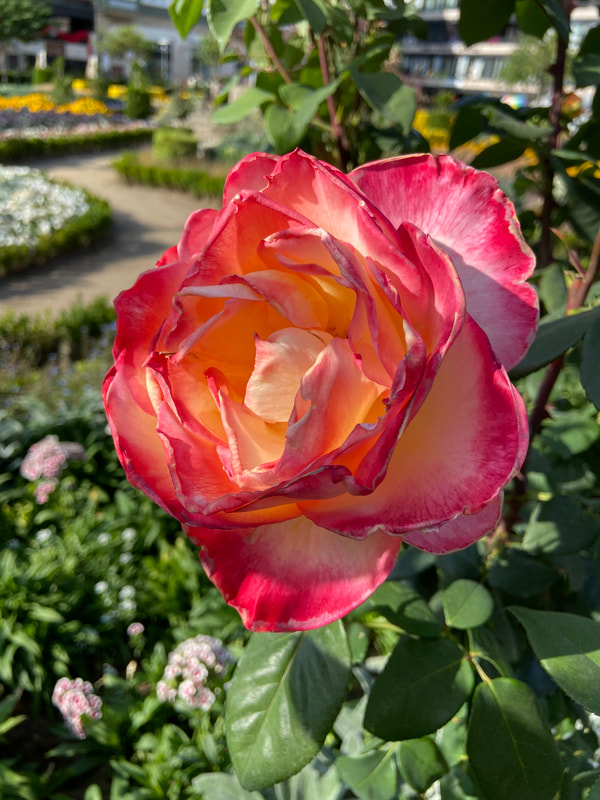
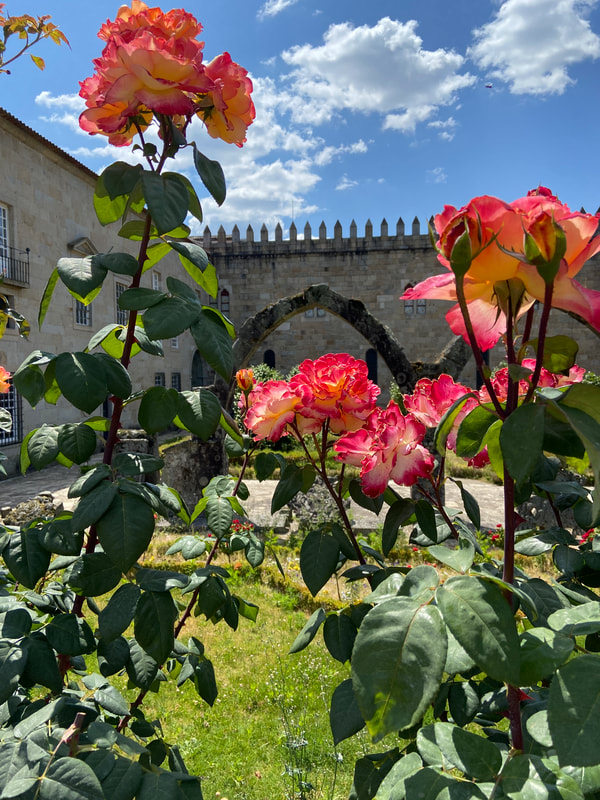
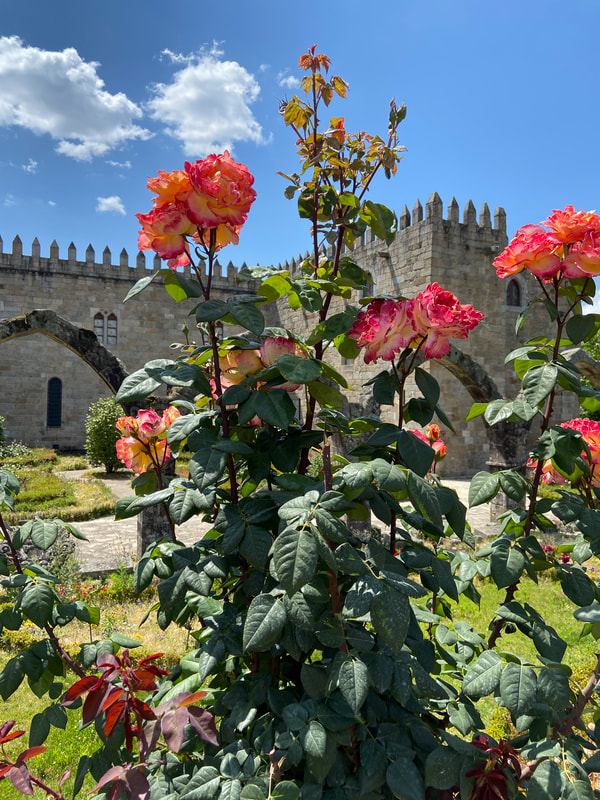
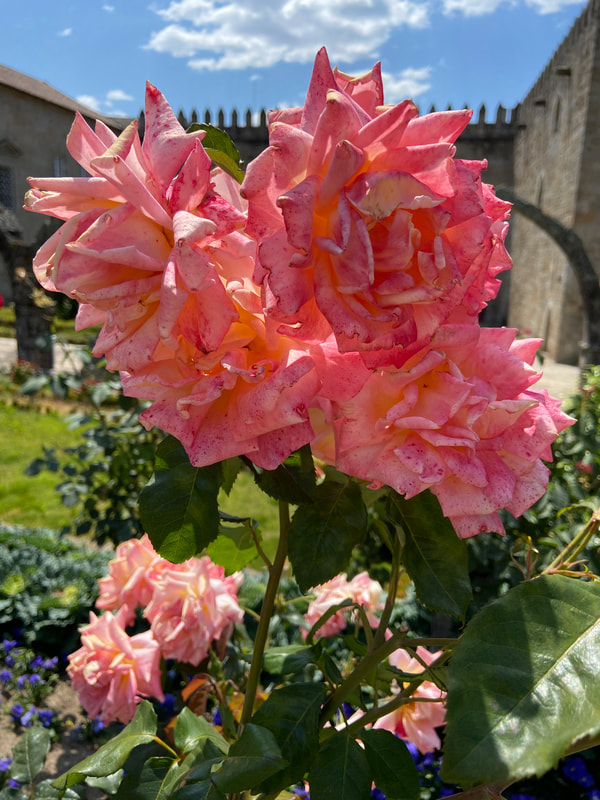
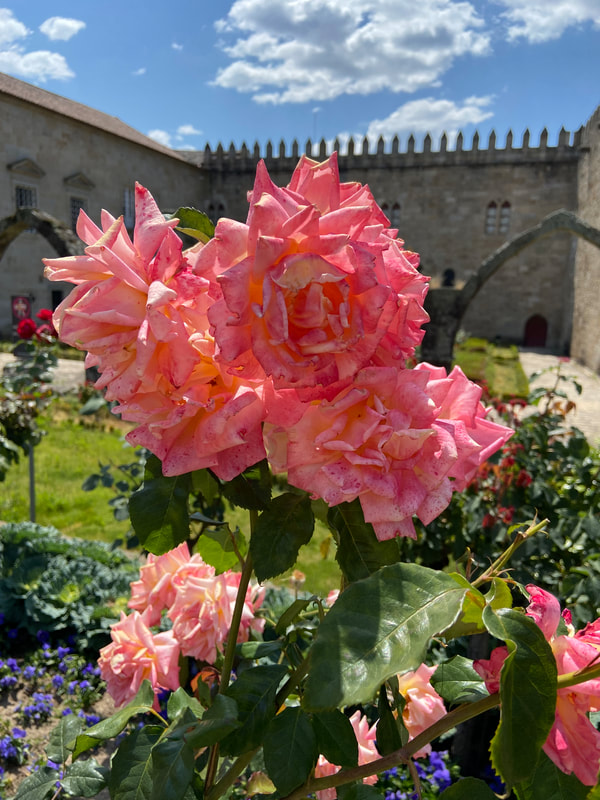
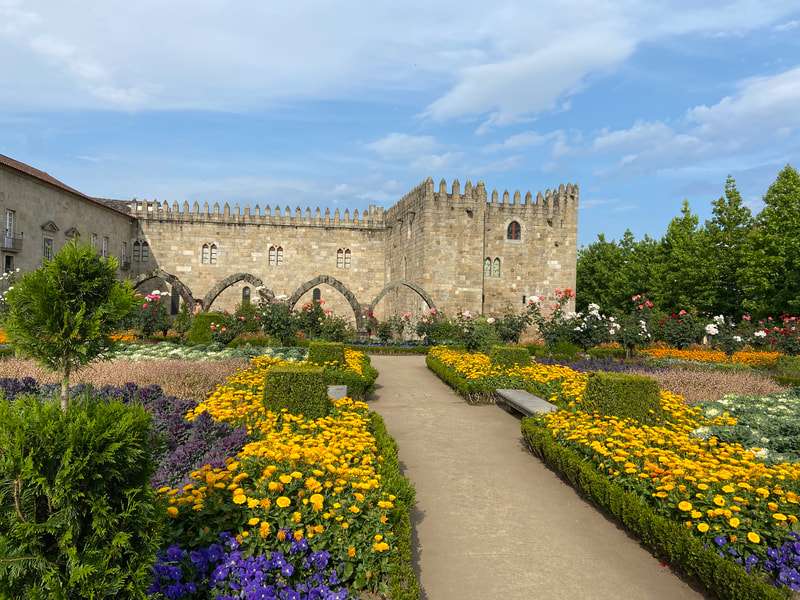
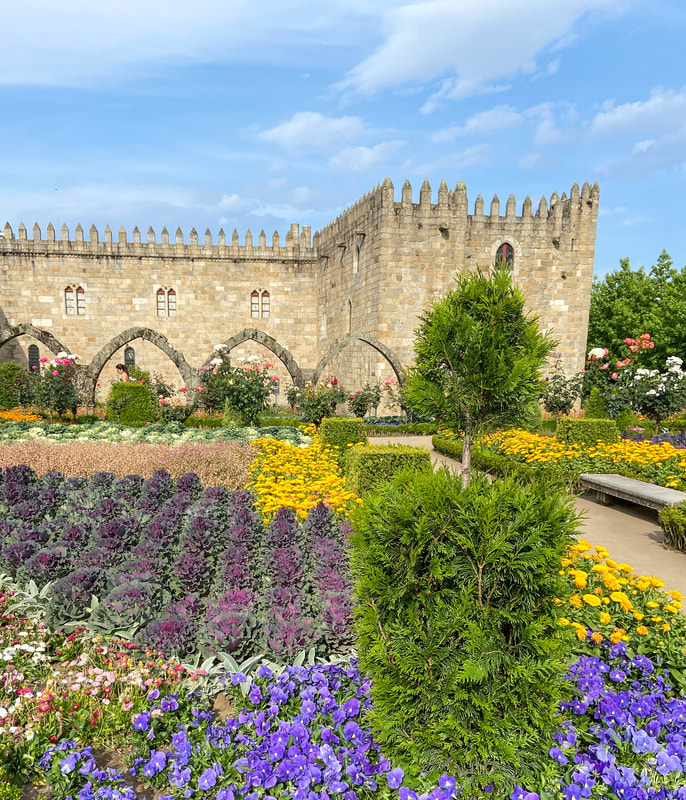
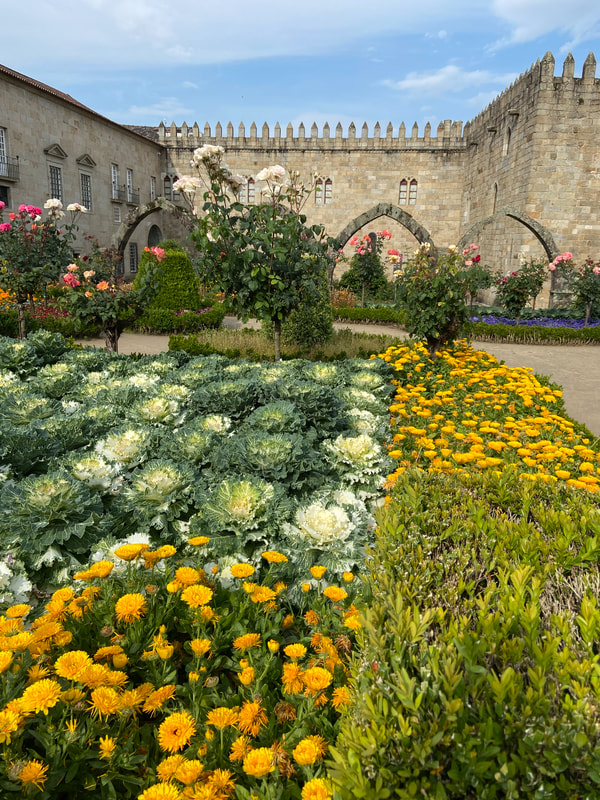
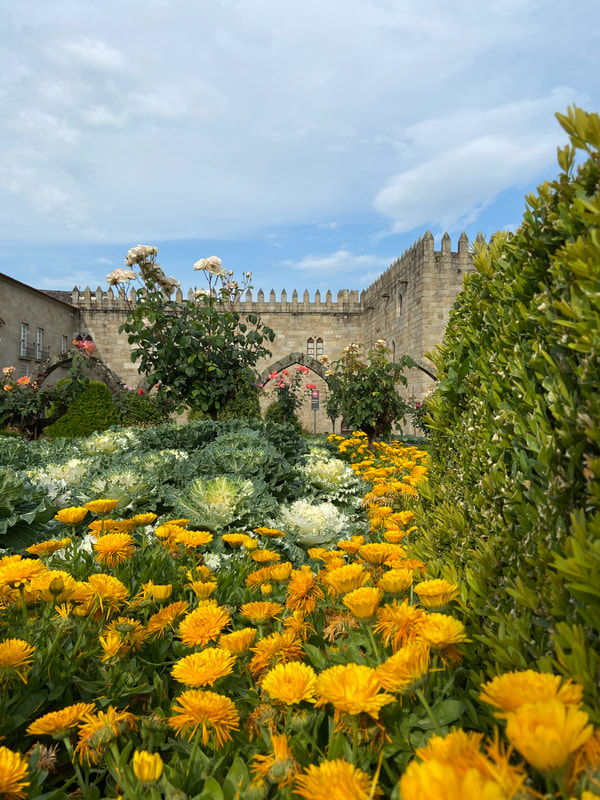
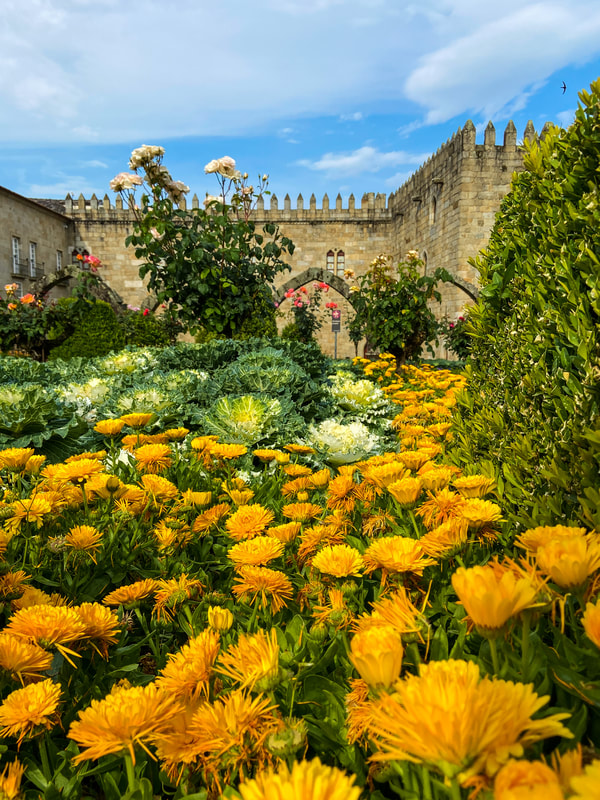
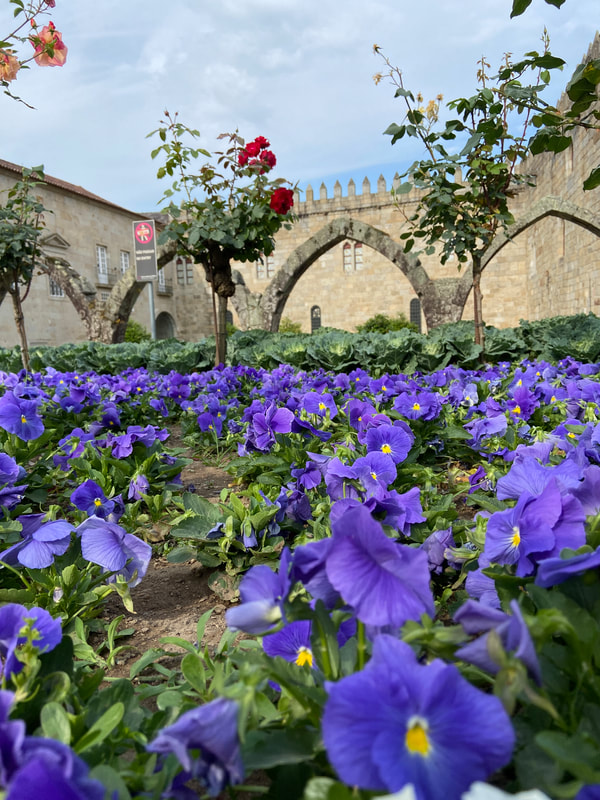
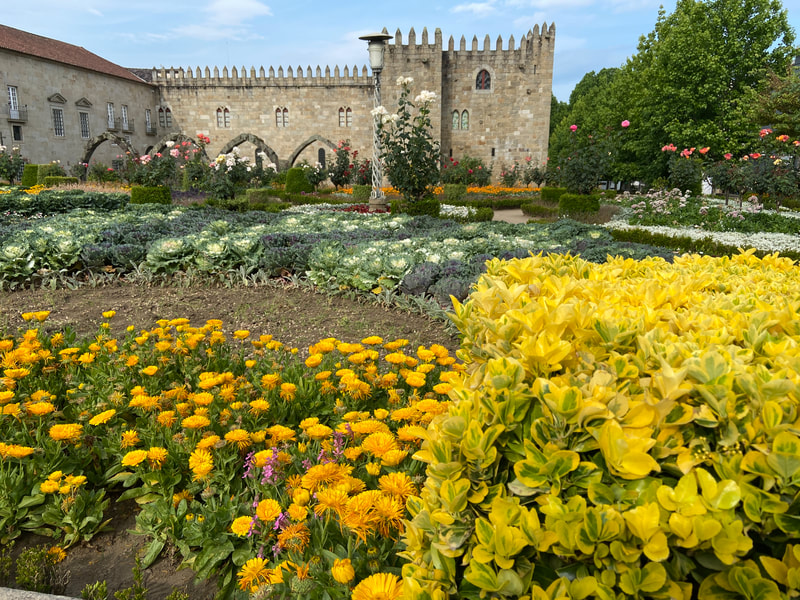
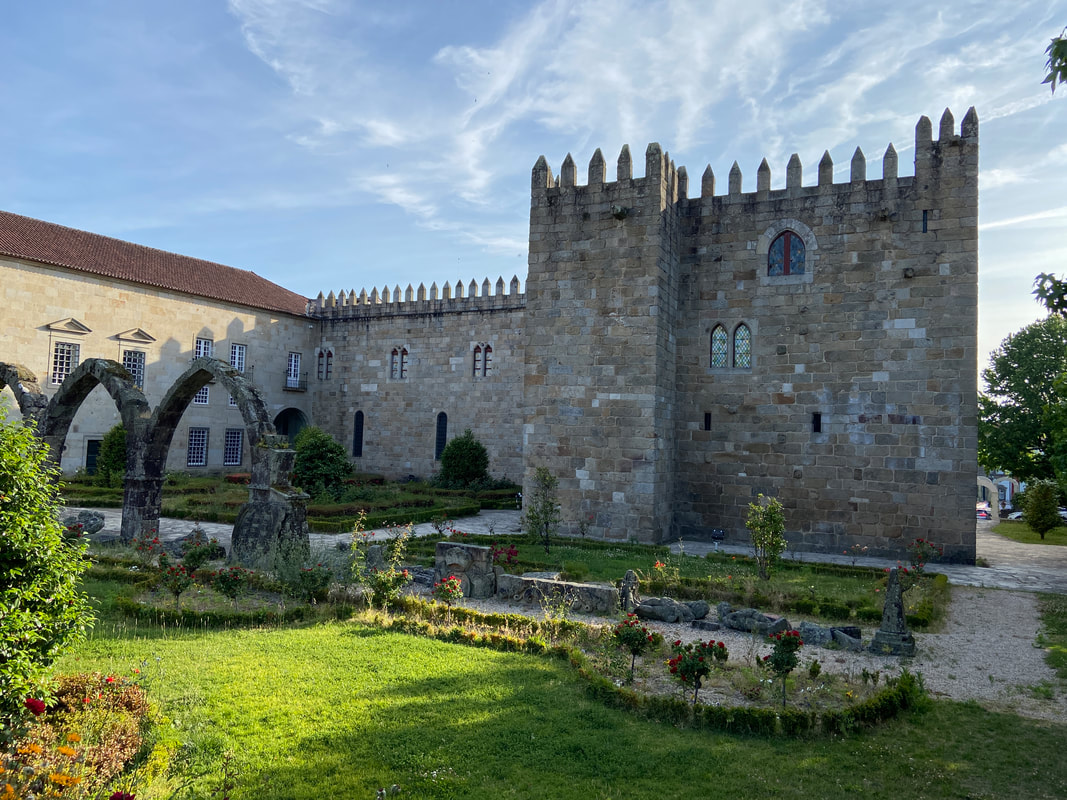
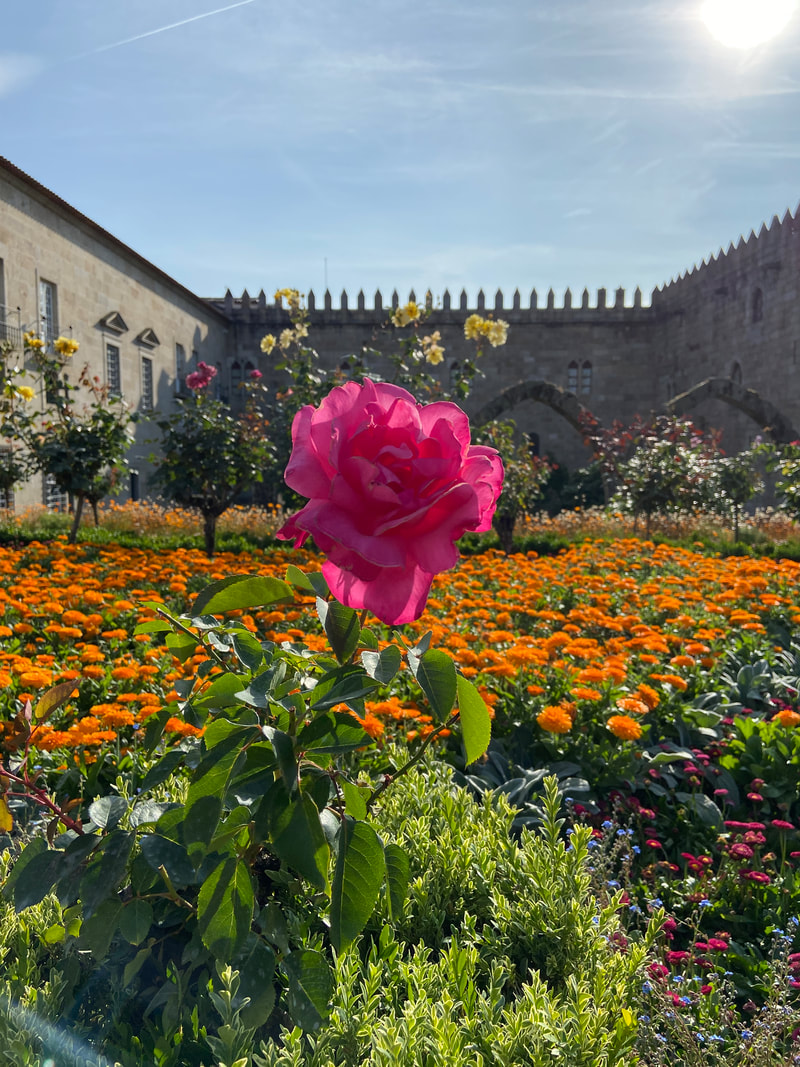
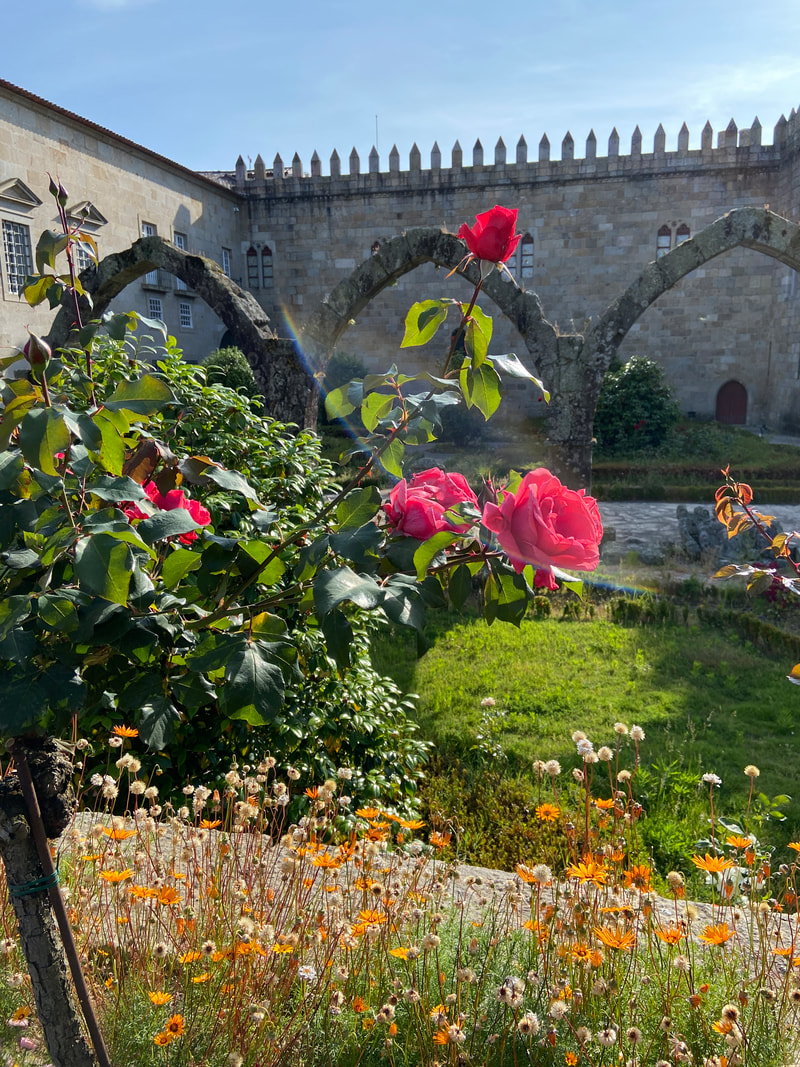
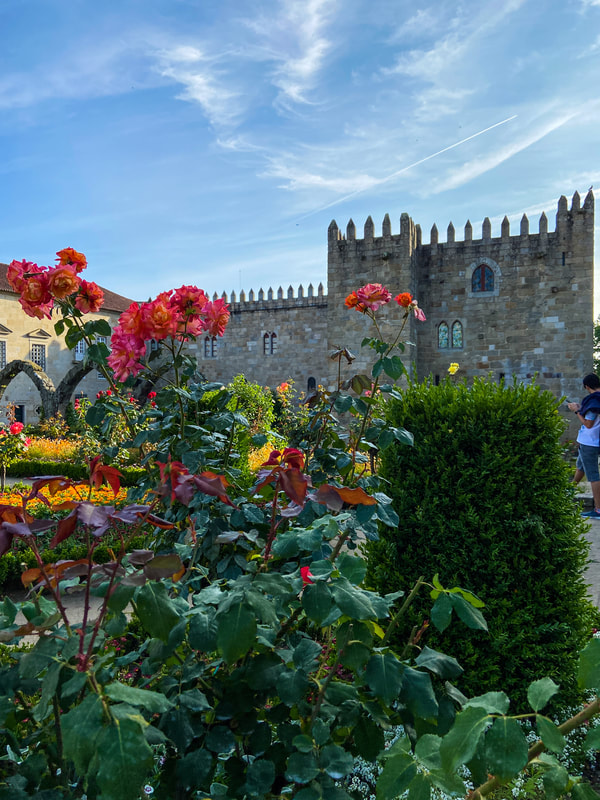
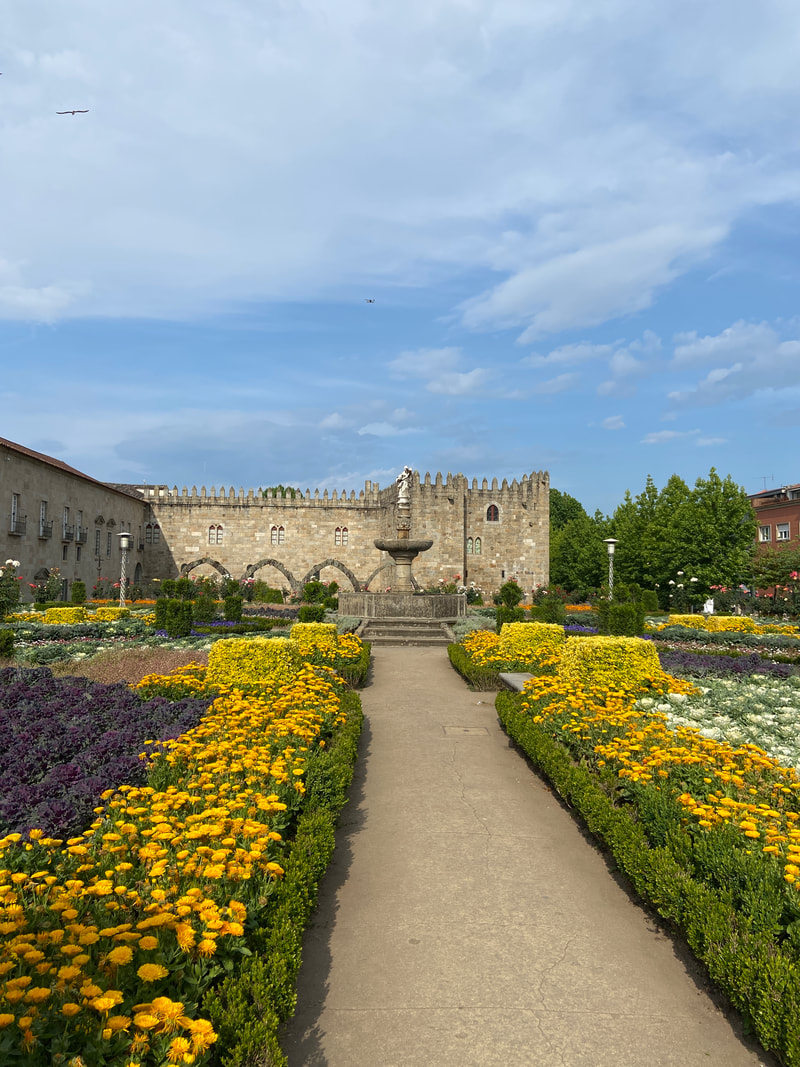

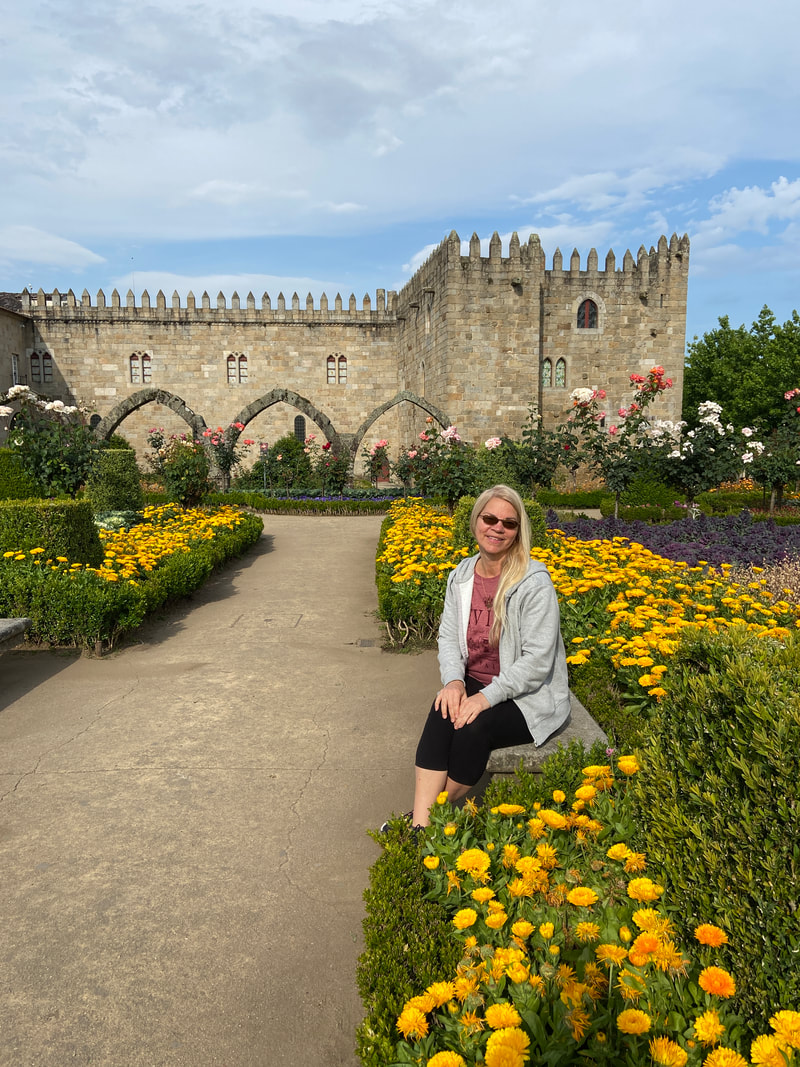


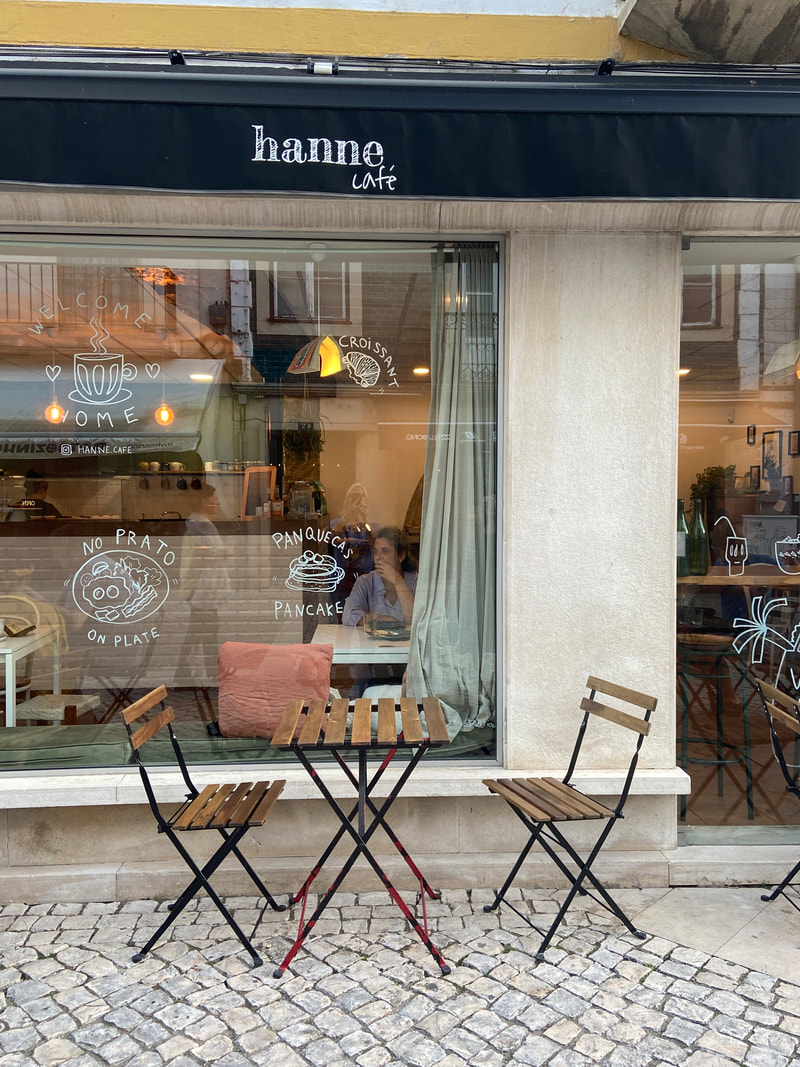


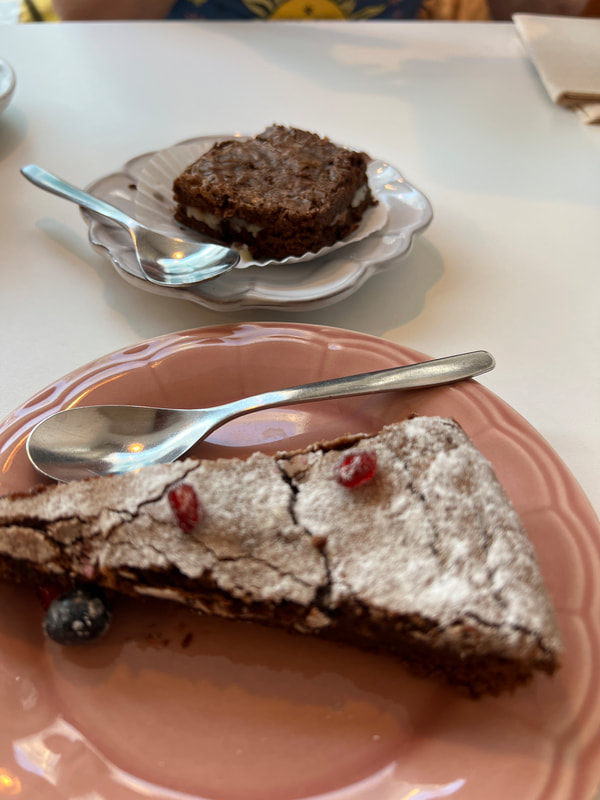


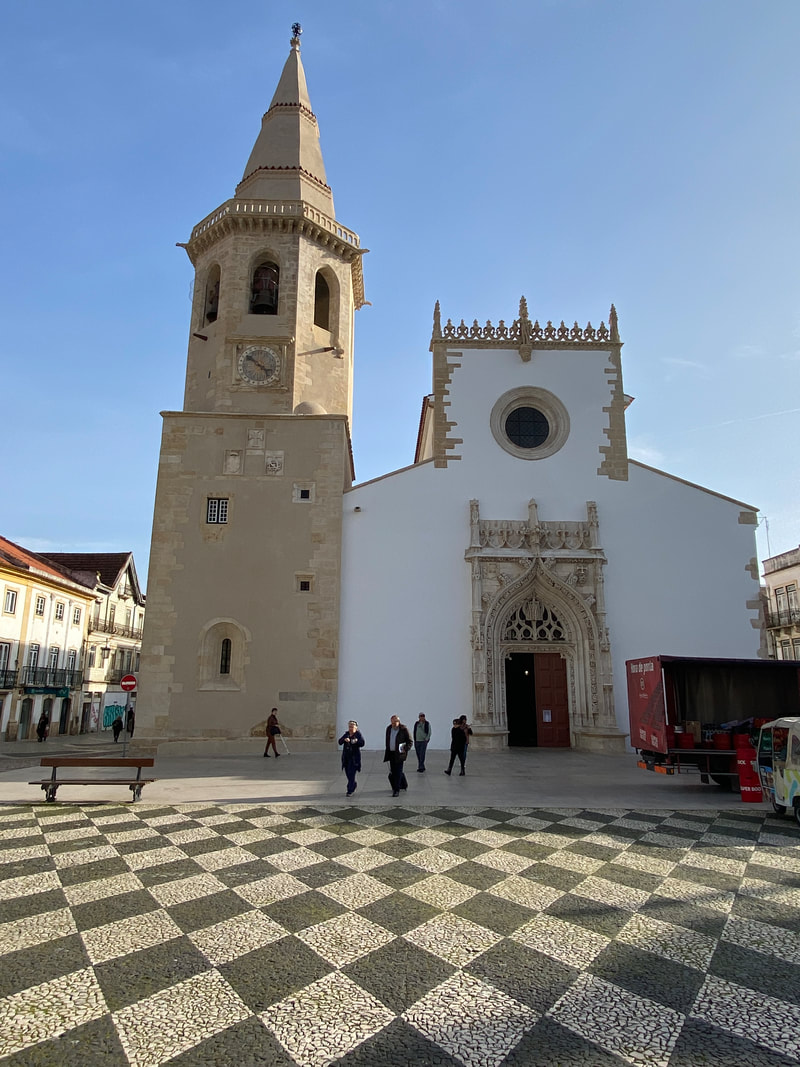
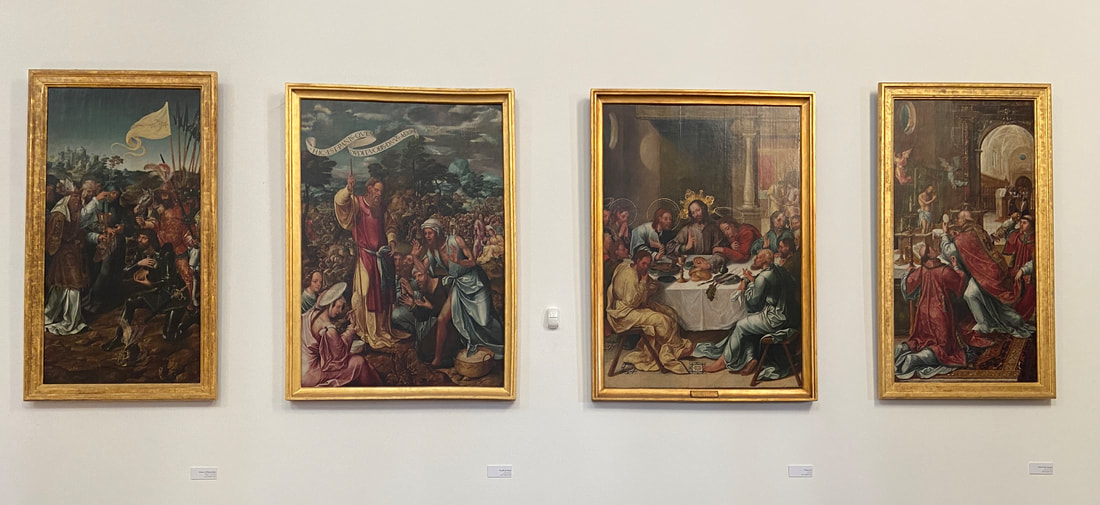

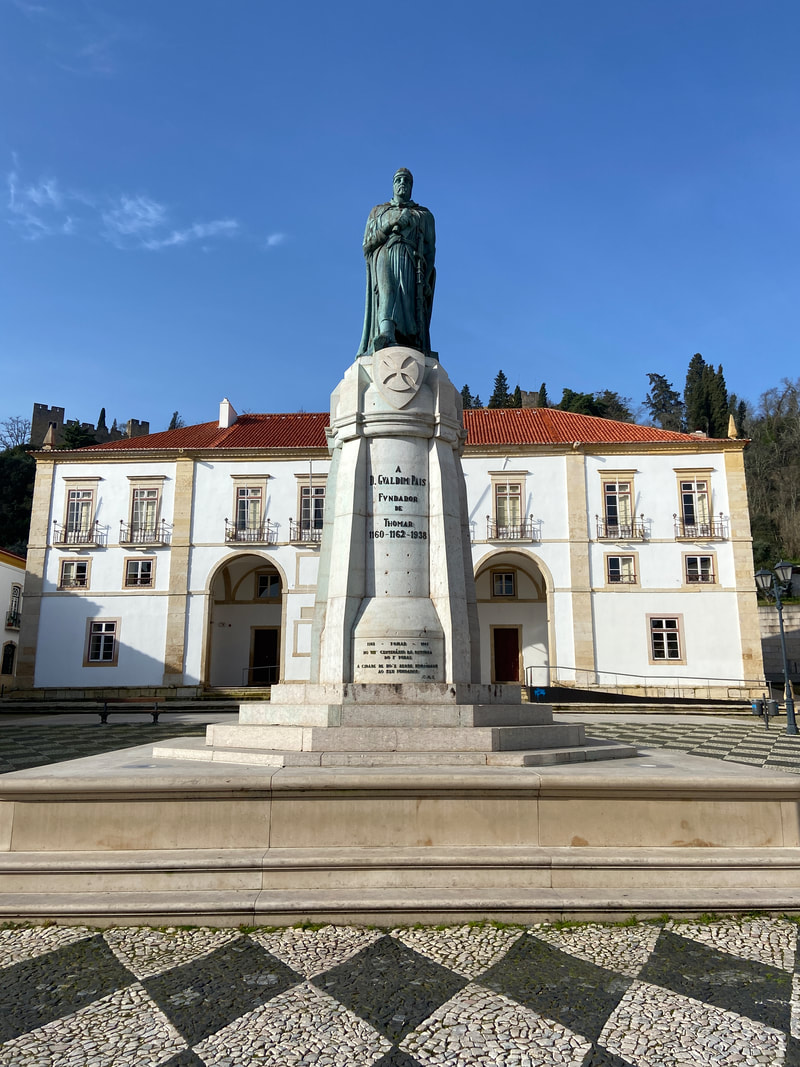
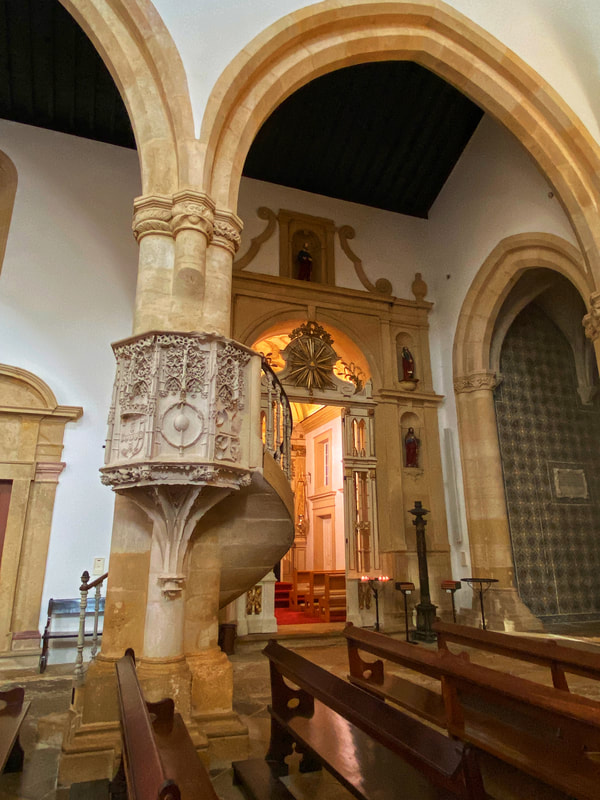
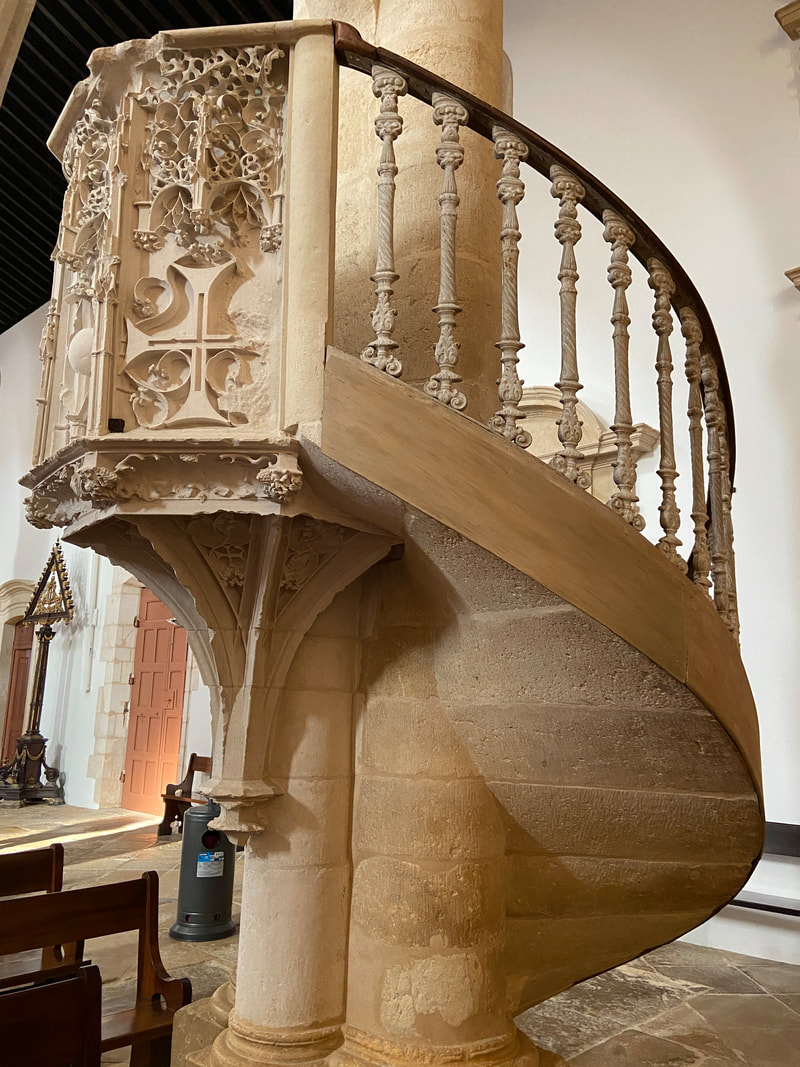
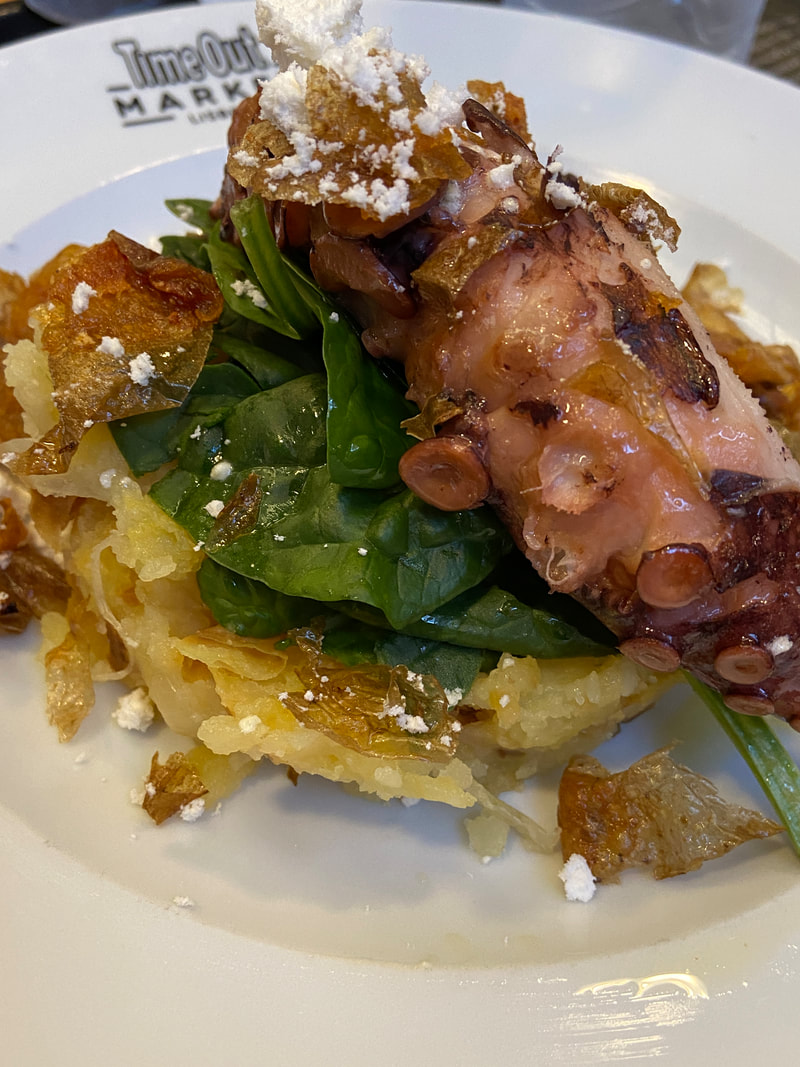
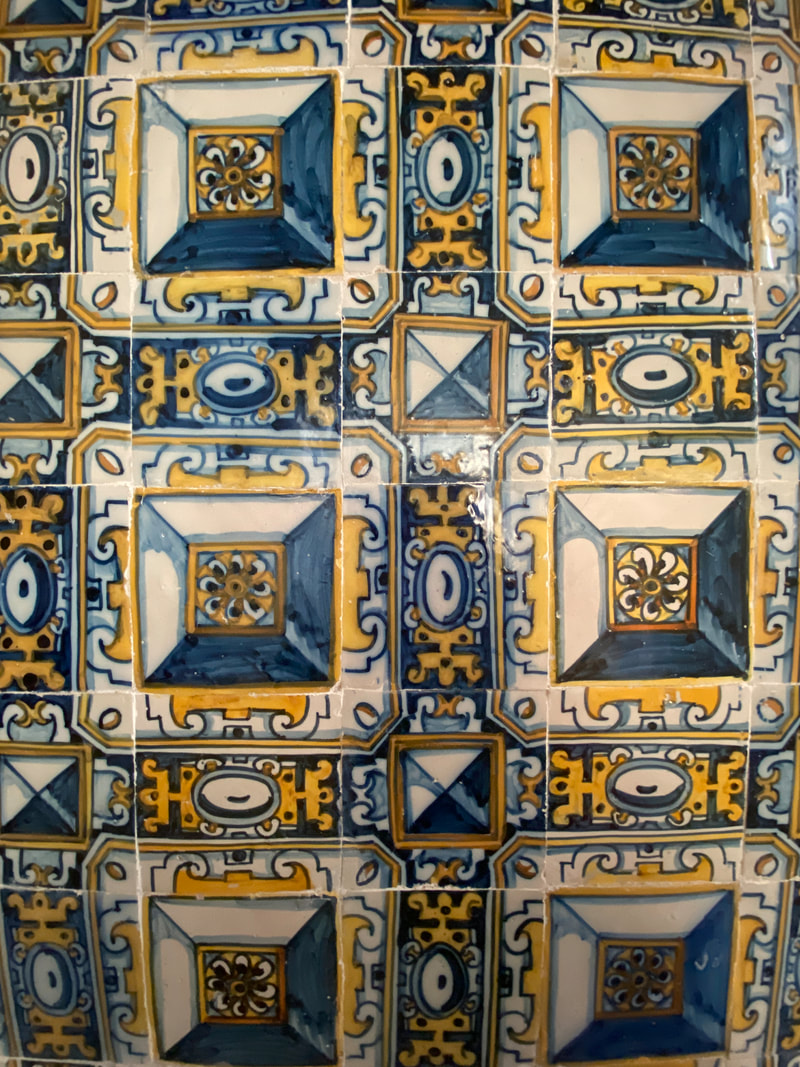
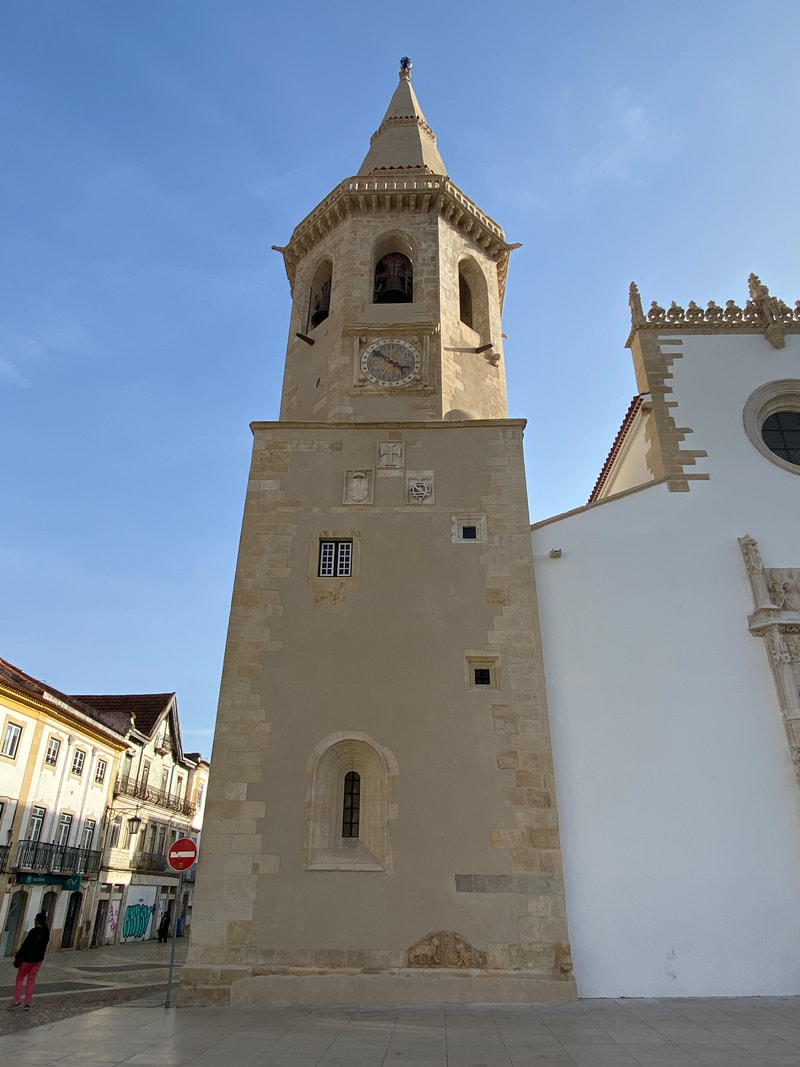
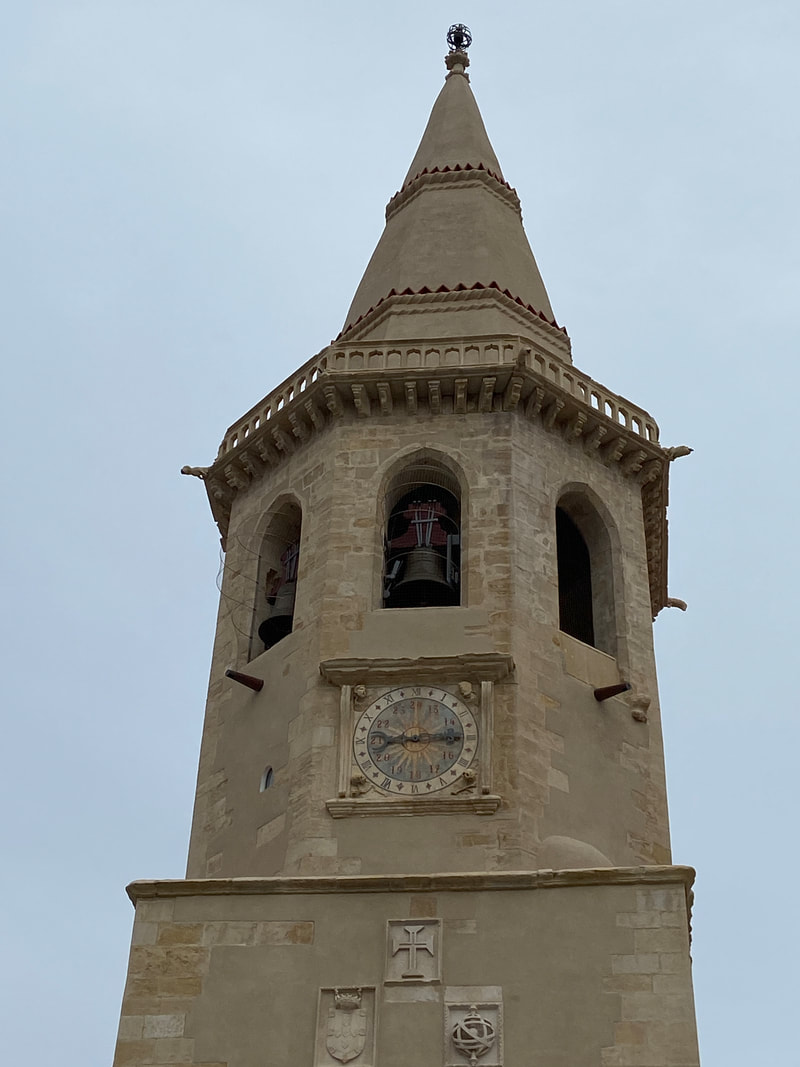
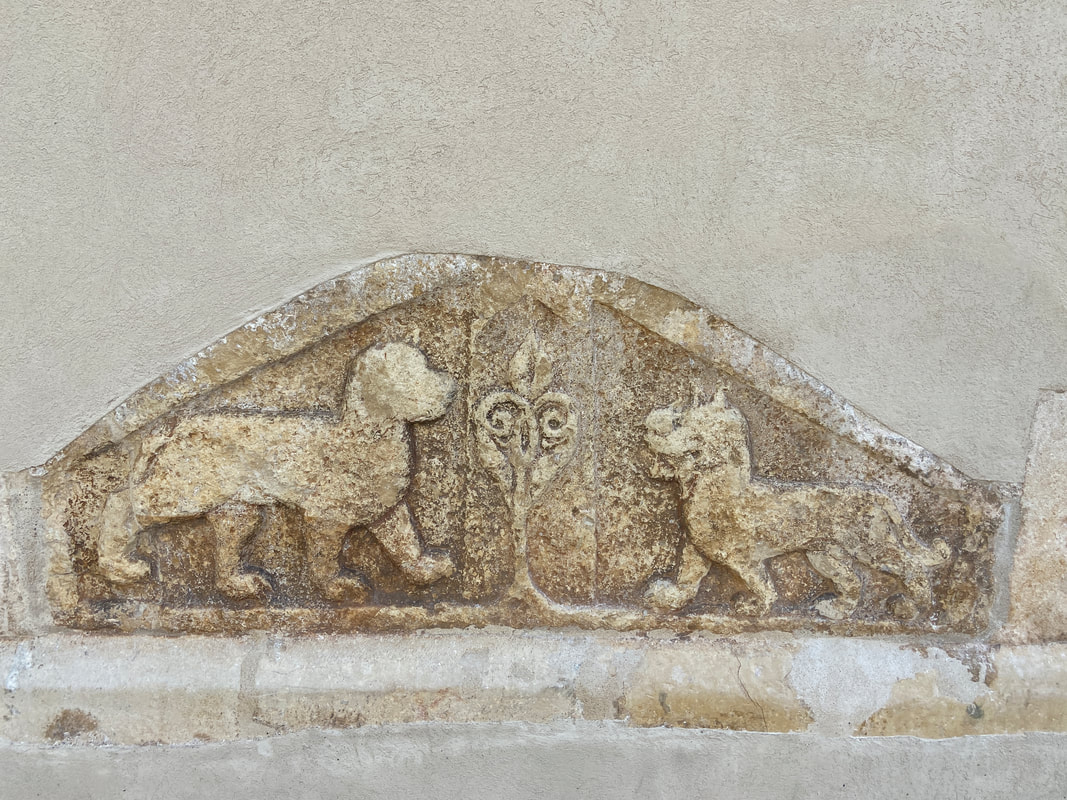
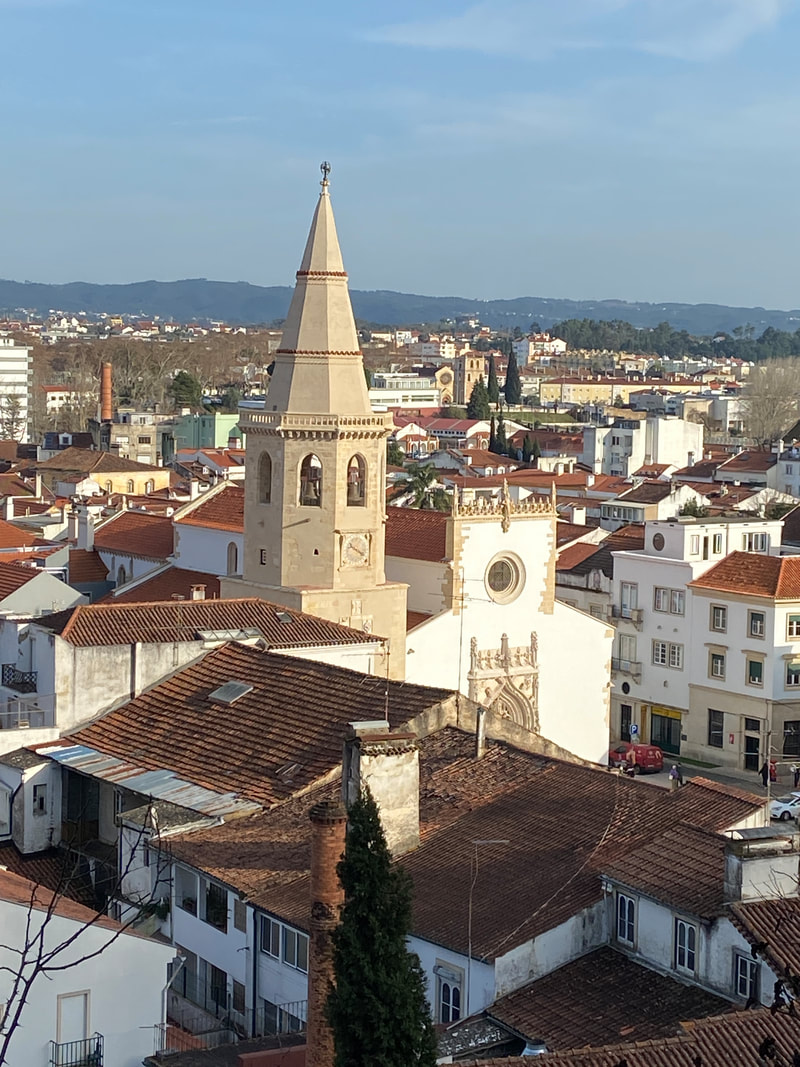
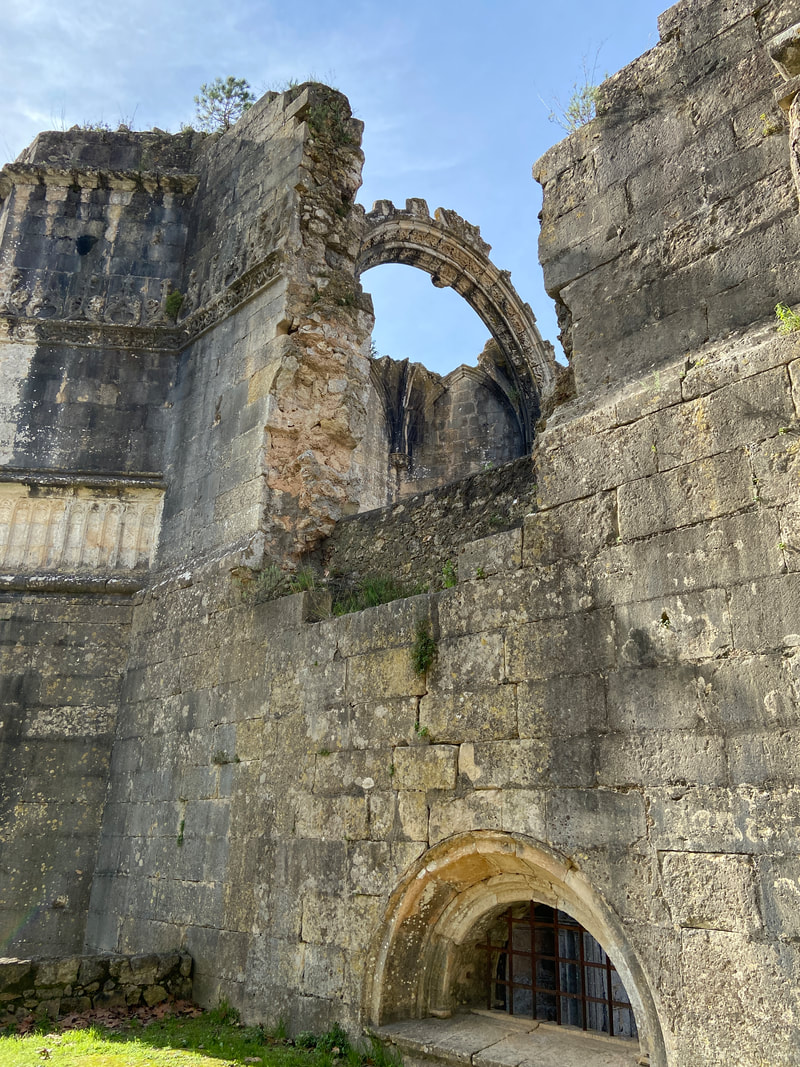
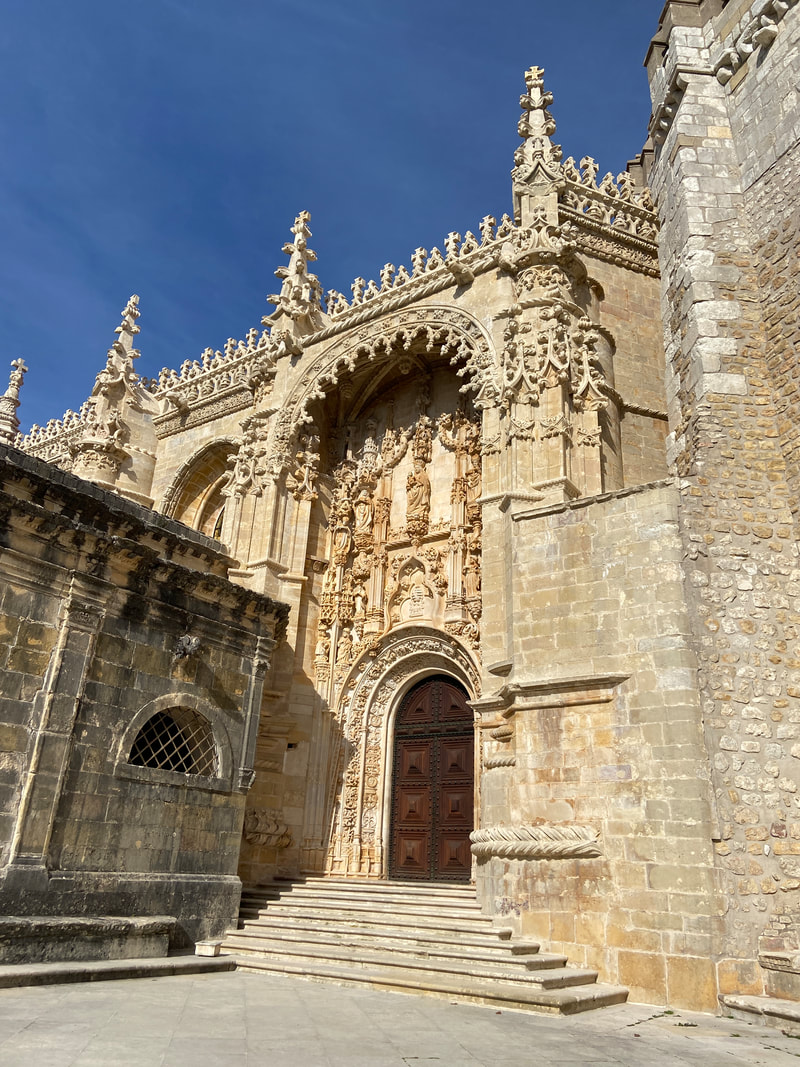

 RSS Feed
RSS Feed